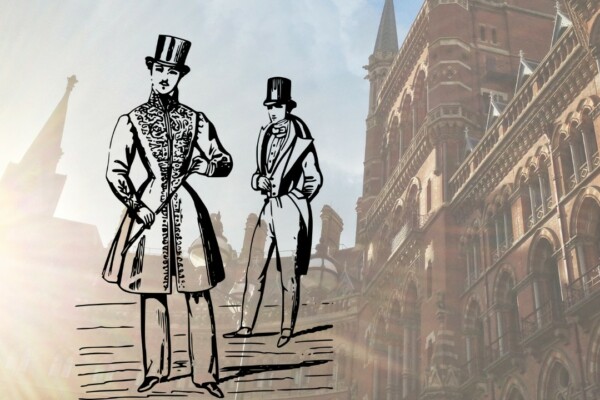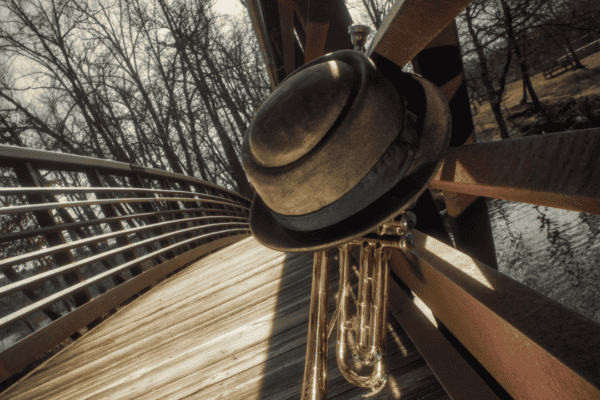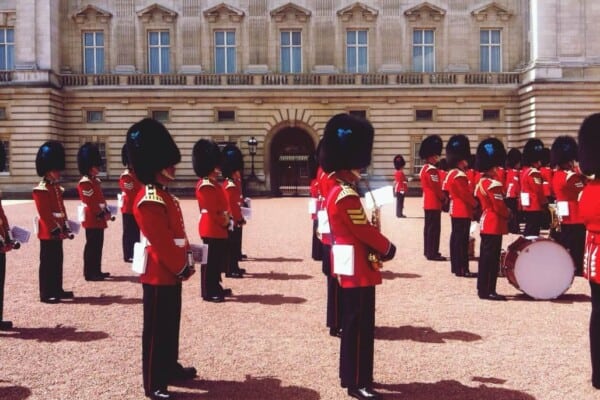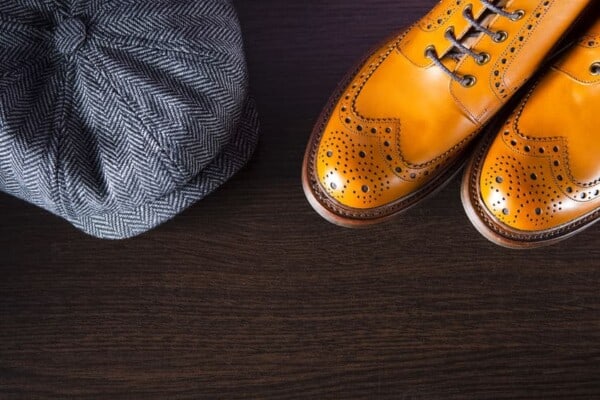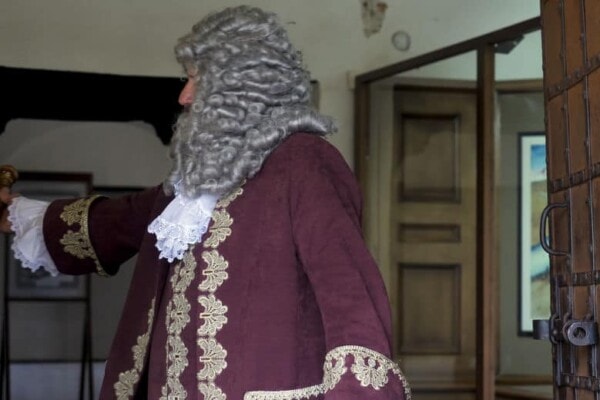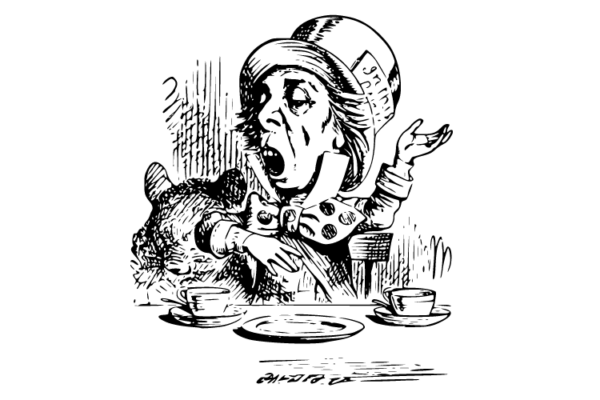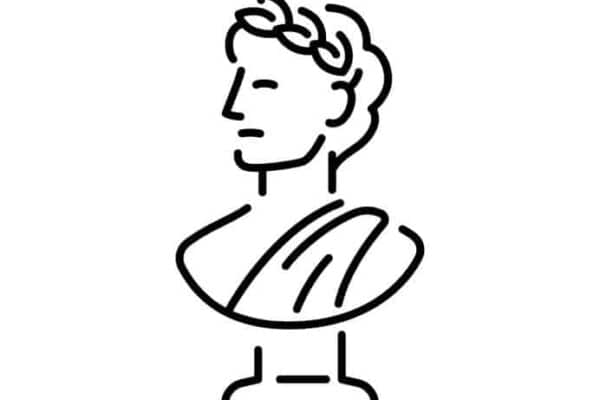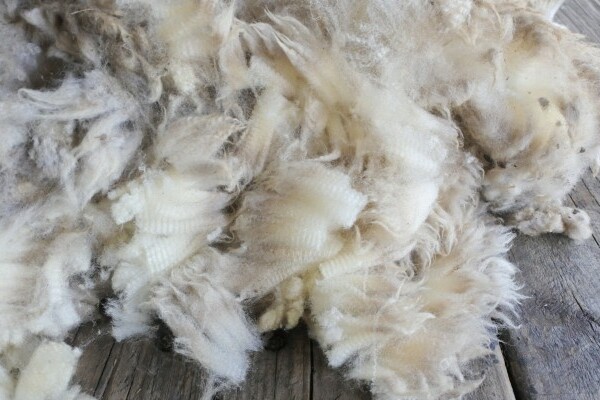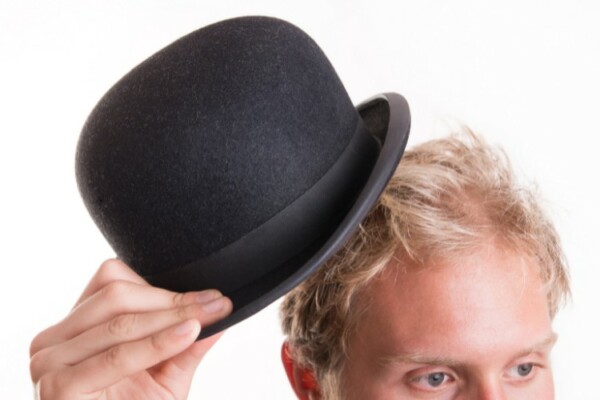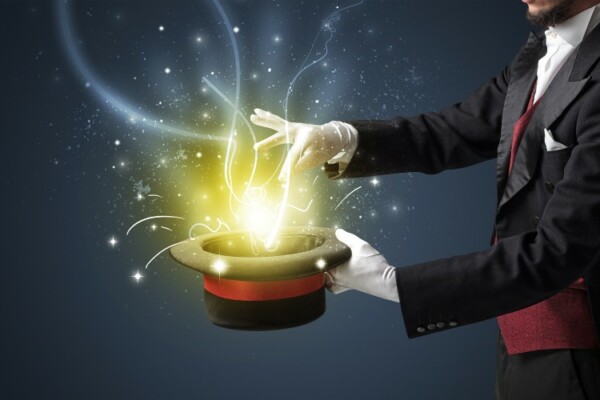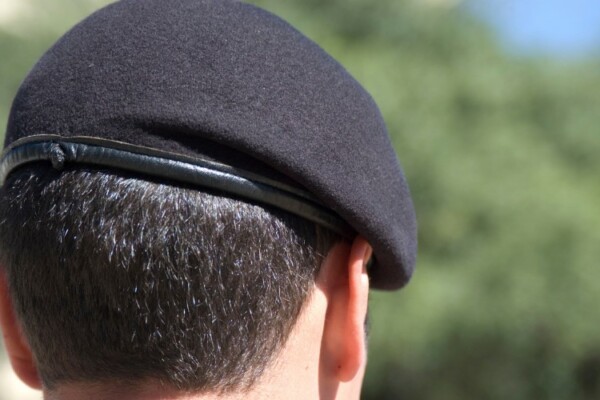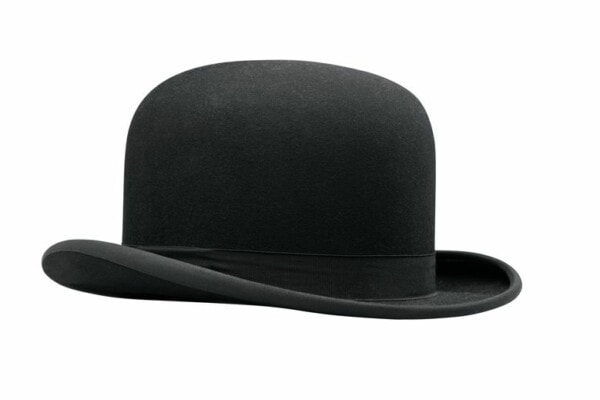Several hats arrived and got blown away in the winds of human history but the one that became an emblem of American cowboy style and stayed popular throughout the years is the one and only – cowboy hat.
Cowboy hats as we know them today are credited to John Batterson Stetson. Prior to the 1860s there was not a uniformed concept of a cowboy hat. Stetson’s designs are the first to be credited as the modern cowboy hat.
The hat has become a symbol of cowboy culture and is still favored by not just cowboys but musicians, country singers, and movie stars around the world as a stunning style accessory.
However, the cowboy hat origin wasn’t related to anyone creating an iconic fashion statement. On the contrary, cowboy hats were developed for their functionality and practical use.
These hats were made of tough materials and became a great asset during challenging trails. The tougher the trail, the tougher the hats. They provided shade during the summer heat and protected the wearer from external elements.
Additionally, they provided warmth to the wearer and could be used to fan a fire amid the road trips. Cowboy hats were also utilized as a vessel for drinking water or waving from the horseback to grab the attention of some other rider in the distance.
With the passage of time, the cowboy hat became the ultimate symbol of American, Mexican cowboy style and one of the most popular fashion accessories in human history.

In terms of style and variety of cowboy hats, there were as many cowboy hat styles in the past as there were people wearing cowboy hats. Cowboys have been embellishing their hats using various types of elements or ‘lucky charms’ since time immemorial. You could find cowboy hats decorated with horsehair bands, ribbons, or even rattlers from snakes! It was all about adding an individual style to the basic hat and making it look like an extension of your personality.
When cowboy hats gained popularity, lots of people started wearing hats even if they didn’t own any cattle or horses. As a result, the phrase “All hat and no horse” was coined, referring to the people playing cowboy but having no cattle or horses.
Along with their valuable usefulness and fame as fashion symbols, these hats also became the most desirable companions of travelers or ‘cowboys’ in their expeditions to countrysides, beaches, horse riding journeys, and riding competitions. For their charismatic looks, cowboy hats also became a popular attire during special dance nights!
Historically, there are several predecessors of this hat such as the Mexican cowboy hat, the US cavalry hat, or the casual daily hat. However, the actual origin of these hats is attributed to a hat maker named John Batterson Stetson who designed the first model of modern cowboy hats in the mid-1860s. (source)
Read more about what makes stetson hats unique in this article.
He commercialized the first models of these western hats, which later came to be known as ‘cowboy hats.’ The immense popularity of these hats led to the foundation of the term “Boss of the Plains” and the rest is history. Even after a century and a half, cowboy hats are still popular and a symbol of western countryside life.
The hats grew famous and became a common element of rough and tough attire in the United States, Colombia, Mexico, and Europe. Today, cowboy hats are a traditional accessory of ranchers or factory workers in the South West US and the East part of the Rocky mountains.
According to a legend, John was ill from the weather change when he designed this hat. He was staying in Colorado to recover from his illness when he got the idea to design a hat with a high crown and wide brim. This hat would protect the wearer from the heat of the sun as well as the rain showers.
This idea guided him to come back to Philadelphia and start a small shop for his new creation. He was so sure about the success of his creation that without any wealth or health, he started selling the “Boss of the plains” to other businessmen and workers from the northeast.
The start of his new hat trade was not that extraordinary but his belief in his creation directed him to eventual success during 1885 and 1895. During this spell, the cowboy hat conquered the region in Texas and got adopted as a style symbol as it is today. So, if you like wearing cowboy hats today, don’t forget to thank John for his exceptional creation and continuous efforts and perseverance to make it a big hit.
During the turn of the century, the cowboy hat went outside the usual cowboy territory of Texas and started getting popular amid Western businessmen, ranchers, and obviously, the cowboys!
After John’s death, the business passed to his son who didn’t have his father’s talents. Eventually, the shop had to almost shut down and the production of the hats stopped for a while.
With the arrival of new ownership, the company somehow managed the production but eventually got shut. In 1998, the hat’s production resumed with the help of several subsidiaries. The new owners shifted the factory to Garland, Texas, and even today, the state is known for its cowboy hats production and uses the mythical hat as their official headdress.
With the passage of time, the hats have moved way beyond their functional utility and became a sign of identity for North Americans and people from around the world who loved or performed country music. These hats became the emblem for anyone who wanted to develop their personality towards the cowboy lifestyle.
Features of the modern cowboy hat such as its pinched crown also developed to make the hat easier to take on and off. Despite the changes the cowboy hat’s identity as a cultural symbol has remained the same and still carries the essence of the classic cowboy culture. The colors, designs, or material may have changed, but despite the passing of time, its significance and popularity have remained the same and hopefully, will stay that way forever.

